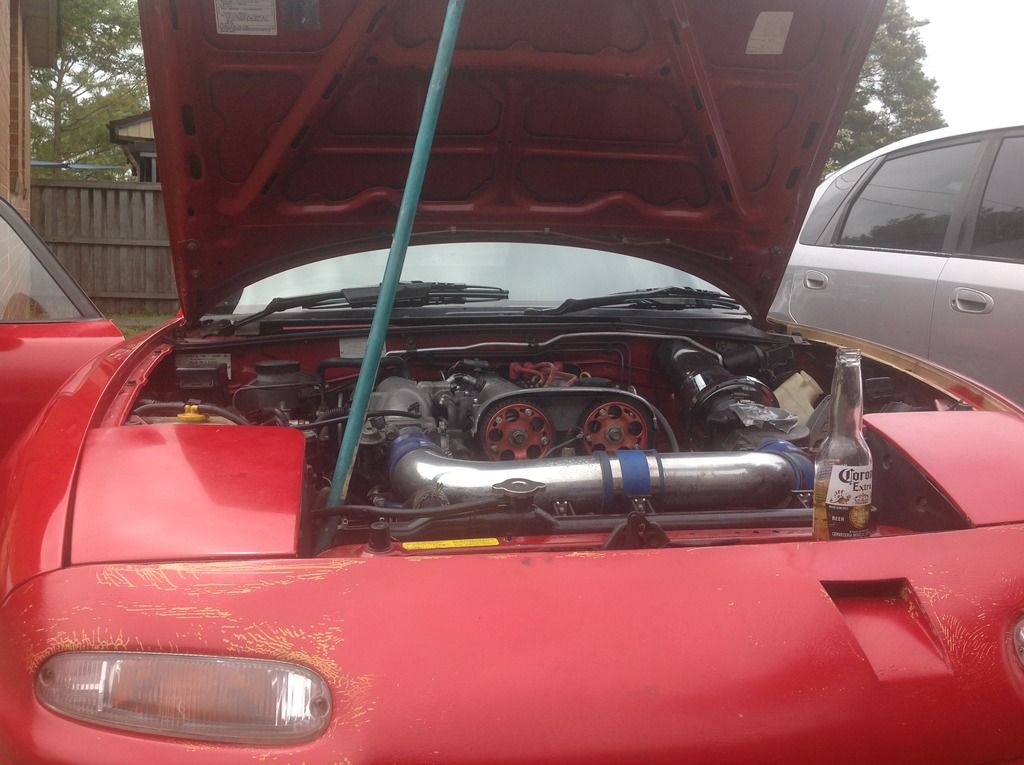Noise may be HLA oil starvation. It's a bit complicated but I'll try to explain.
There's a ring groove around each HLA. Its purpose is to form a pathway for pressurised oil to get from the oil gallery in the head into the inner workings of the HLA. When the HLA is at rest at the top of its stroke (i.e. when the valve is shut) this ring groove should sit adjacent to an oiling hole in the HLA bore in the head. This is the situation for most of the cam cycle since the valve is more often shut than open, giving the HLA the best opportunity to be replenished with oil. As an HLA becomes worn it tends to lose more oil on each stroke and so this replenishment becomes much more critical.
Sticking HLAs tend to tick or clatter mostly at low rpm and cold. Oil starved HLAs tend to make a thrashing sound mostly at high rpm and hot.
Aftermarket cams with higher lift tend to have a smaller base circle diameter (BCD) than standard cams. This raises the " at rest" position of the groove in the HLAs by the difference in the BCDs between stock and aftermarket. Anything more than a 1 mm decrease in BCD is likely to raise the "at rest" position of the groove to somewhere higher than oiling hole. In consequence the HLA is only re-oiled in the brief moments when the groove passes up and down over the hole, rather than getting a good drink of oil by resting over the hole. A few seconds of this may starve the HLA to the point where it no longer closes the gap between the top of the HLA and the cam and you get the thrashing noises and loss of power.
These pictures come from two old BP heads of mine. On the left is a standard oiling hole. On the right is one which has been enlarged and extended upwards to correct oiling problems above 6000rpm. Sorry about picture quality, I capsized in the Buckenbowra River yesterday with a phone in my pocket.















